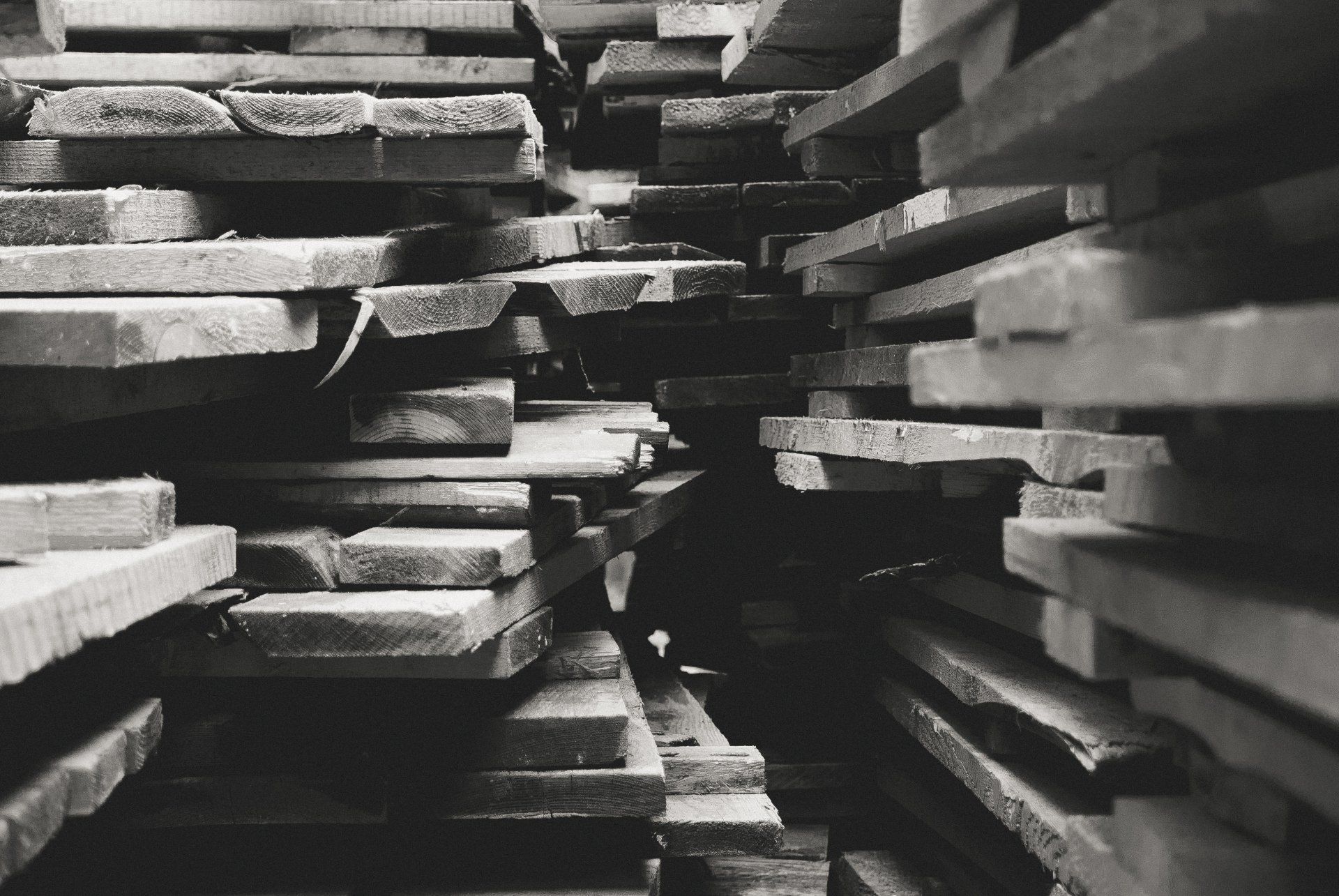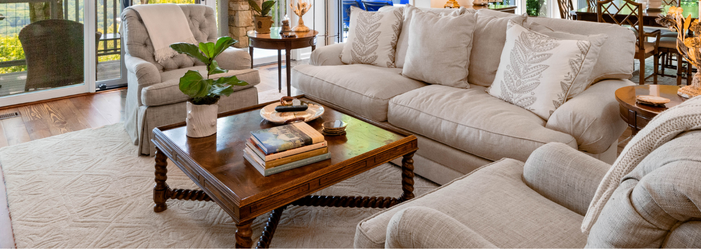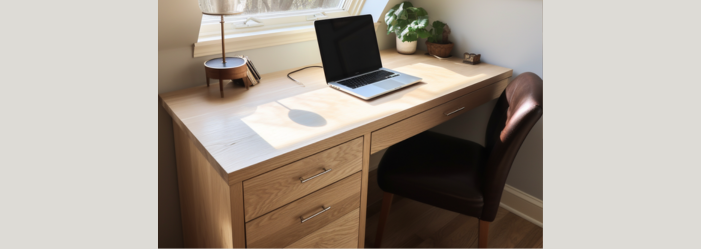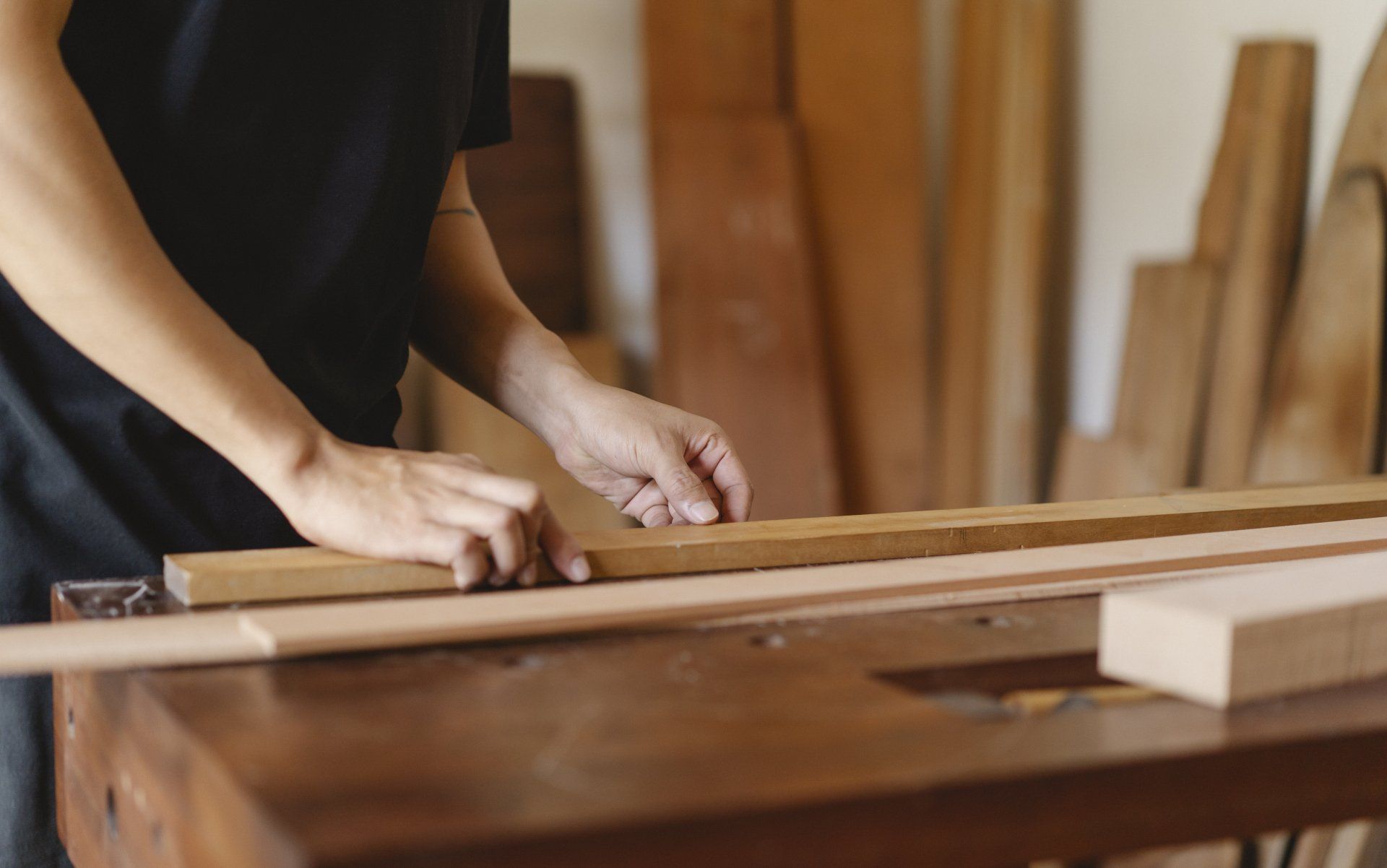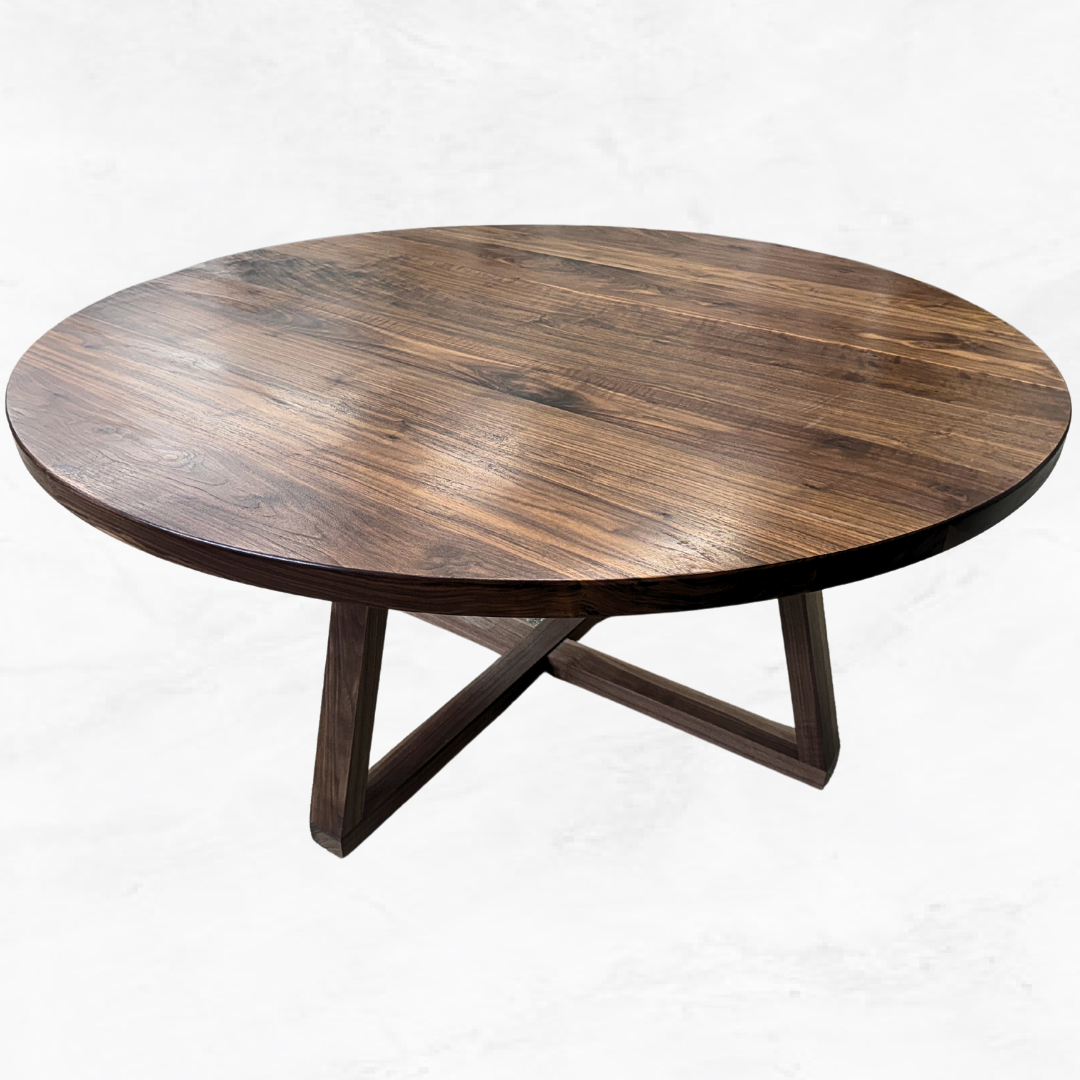From Sawdust to Art: The Craftsmanship Behind Custom Wood Tables
Discovering the Art and Skill in Crafting Bespoke Hardwood Tables
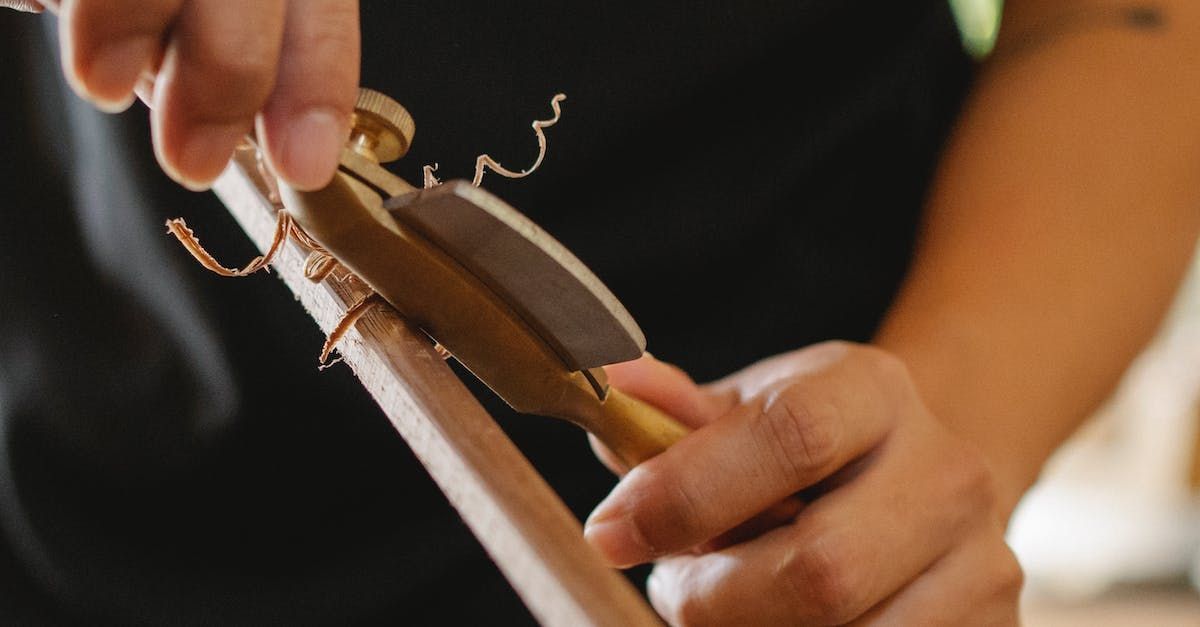
In an age where mass-produced furniture is the norm, the art of crafting custom wood tables stands out as a testament to skill, dedication, and creativity. Each bespoke table tells a story of craftsmanship, from the initial selection of quality hardwood to the final finishing touches. In Nashville and Middle Tennessee, artisans like those at Cut Twice Woodworks take pride in transforming rough lumber into stunning pieces of functional art. Let's delve into the intricate craftsmanship behind custom wood tables and why they are truly works of art.
The Journey Begins: Selecting Quality Hardwood
The first step in crafting a custom wood table is selecting the right material. This crucial decision sets the foundation for the entire project.
1. Reputable Sources
Choosing hardwood from reputable sources ensures that the material is of the highest quality. Reputable suppliers provide wood that is correctly dried and free from defects, which is essential for creating durable and beautiful furniture.
2. Hardwood Varieties
Different types of hardwood, such as oak, walnut, cherry, and maple, each offer unique characteristics. Oak is known for its strength and prominent grain patterns, while walnut provides rich, dark tones. Cherry wood develops a beautiful patina over time, and maple is valued for its smooth texture and versatility.
3. Sustainability
Sourcing wood sustainably is also a priority. Many custom woodworkers prefer locally sourced or reclaimed wood, which not only supports the environment but also adds a unique history to each piece of furniture.
The Initial Steps: Preparing the Lumber
Once the hardwood is selected, the preparation process begins. This stage is all about transforming raw, rough-sawn lumber into workable material.
1. Unloading and Inspection
Unloading the material from the trailer marks the first physical step of the building process. Each board is inspected for quality and potential defects. Even though the boards may look rough and dirty, experienced woodworkers can envision the beauty beneath the surface.
2. Milling the Lumber
Milling involves cutting, planing, and jointing the wood to achieve the desired dimensions and smoothness. This step is crucial for ensuring that each piece of wood is flat, straight, and ready for assembly.
3. Moisture Content
Checking the moisture content of the wood is vital. Wood that is too wet or too dry can warp or crack over time. Properly dried wood ensures stability and longevity for the finished table.
Crafting the Table: Precision and Artistry
With the wood prepared, the real artistry begins. Crafting a custom table requires precision, skill, and a keen eye for detail.
1. Designing the Table
The design process involves collaborating with the client to create a table that meets their vision and needs. This can include choosing the table’s dimensions, shape, type of joinery, and any additional features such as drawers or inlays.
2. Joinery Techniques
Joinery is a hallmark of fine woodworking. Techniques such as mortise and tenon, dovetail, and dowel joints ensure that the table is strong and durable. These joints are not only functional but also add to the table’s aesthetic appeal.
3. Live Edge Options
For those who appreciate natural beauty, live edge tables are a popular choice. Keeping the natural edge of the wood slab adds a rustic and organic touch, showcasing the wood’s unique grain and character.
Assembling the Masterpiece: Bringing It All Together
Assembling the table is a meticulous process that requires both skill and patience. Every piece must fit together perfectly to create a cohesive and stable structure.
1. Gluing and Clamping
Gluing and clamping the joints is a critical step. Proper clamping ensures that the joints are tight and secure, preventing gaps and ensuring the table’s structural integrity.
2. Sanding and Smoothing
Sanding is essential for achieving a smooth and even surface. This step removes any imperfections and prepares the wood for finishing. Multiple grits of sandpaper are used, starting with coarse and progressing to fine.
3. Finishing Touches
The final assembly may include adding legs, aprons, or other components. Each piece is carefully fitted and secured to create a harmonious and balanced table.
The Finishing Process: Enhancing Beauty and Durability
The finish is what transforms a well-crafted table into a stunning piece of art. It enhances the wood’s natural beauty while providing protection.
1. Choosing the Finish
Different finishes offer various levels of protection and aesthetic qualities. Options include oil, varnish, lacquer, and polyurethane. Each type of finish has its own benefits, from enhancing the wood’s grain to providing a durable, water-resistant coating.
2. Applying the Finish
Applying the finish is a meticulous process. Multiple coats are often needed, with sanding in between to ensure a smooth and even application. The finish must be applied carefully to avoid drips, bubbles, or uneven coverage.
3. Clean Armor Finish
At Cut Twice Woodworks, we use Clean Armor finish. This UV curable polymer coating is VOC and HAP free, providing a water-clear appearance that will not yellow or lose gloss with age. It offers surface hardness and flexibility, scratch and abrasion resistance, chemical and weathering resistance, microbial resistance, and self-healing properties. This finish ensures that your custom table remains beautiful and durable for years to come.
The Final Reveal: A Work of Art
After all the hard work, the final reveal is a moment of pride and satisfaction. The table, once a rough piece of lumber, is now a stunning work of art ready to become a cherished part of someone’s home.
1. Quality Control
Before the table is delivered to the client, it undergoes a final quality control check. This ensures that every detail is perfect and that the table meets the highest standards of craftsmanship.
2. Client Satisfaction
Seeing the client’s reaction is one of the most rewarding aspects of custom woodworking. Knowing that you’ve created a piece that will be loved and used for generations is a fulfilling experience.
3. Legacy and Memory
A custom wood table is more than just furniture; it’s a legacy. It’s a piece that will be passed down through generations, creating memories and stories along the way. This enduring value is what makes custom wood tables truly special.
Conclusion
The craftsmanship behind custom wood tables is a blend of skill, artistry, and dedication. From selecting quality hardwood to the final finishing touches, every step of the process is carefully executed to create a piece of furniture that is both beautiful and durable. In Nashville and Middle Tennessee, Cut Twice Woodworks takes pride in crafting bespoke hardwood tables that reflect the unique vision and needs of each client. Discover the art and craftsmanship behind custom wood tables and see how they can transform your home into a haven of beauty and quality.

